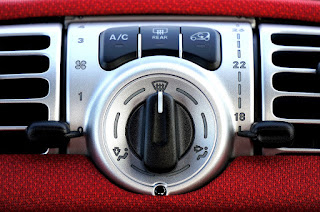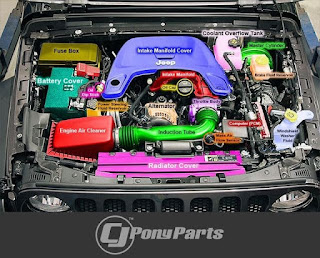The choice between rubber and cloth floor mats ultimately depends on your specific needs, preferences, and the conditions in which you typically drive your vehicle. Both types of floor mats offer distinct advantages and disadvantages:
Rubber Floor Mats:
Advantages:
1. **Durability:** Rubber floor mats are highly durable and resistant to wear and tear, making them ideal for withstanding heavy foot traffic, dirt, mud, and spills.
2. **Easy to Clean:** Rubber mats are easy to clean and maintain. They can be quickly wiped down with a damp cloth or hosed off for more thorough cleaning.
3. **Waterproof:** Rubber mats are waterproof, making them excellent for protecting your vehicle's carpeting from moisture, spills, and stains.
4. **All-Weather Protection:** Rubber mats are well-suited for use in all weather conditions, including rain, snow, and mud, providing reliable protection year-round.
Disadvantages:
1. **Appearance:** Some people may find rubber floor mats less aesthetically pleasing compared to cloth mats, as they have a more utilitarian appearance.
2. **Less Comfortable:** Rubber mats may feel less comfortable underfoot compared to cloth mats, especially for longer drives.
3. **Potential Odor:** Rubber mats may emit a noticeable rubber odor, particularly when new. However, this odor typically dissipates over time.
Cloth Floor Mats:
Advantages:
1. **Appearance:** Cloth floor mats often have a more visually appealing and luxurious appearance compared to rubber mats, enhancing the interior aesthetics of your vehicle.
2. **Comfort:** Cloth mats offer a softer and more comfortable feel underfoot, providing a more pleasant driving experience, especially during extended periods behind the wheel.
3. **Customization Options:** Cloth mats are available in a wide range of colors, patterns, and designs, allowing for greater customization to match your vehicle's interior decor.
4. **Quieter:** Cloth mats tend to absorb more sound, reducing road noise and creating a quieter cabin environment.
Disadvantages:
1. **Less Durable:** Cloth mats are generally less durable than rubber mats and may show signs of wear and staining more quickly, especially in high-traffic areas.
2. **Absorbent:** Cloth mats can absorb moisture, spills, and stains, potentially leading to odors and mold if not properly cleaned and maintained.
3. **Not Waterproof:** Unlike rubber mats, cloth mats are not waterproof and may allow moisture to seep through to the underlying carpeting, potentially causing damage.
Conclusion:
In summary, the choice between rubber and cloth floor mats depends on your priorities and usage patterns. If you prioritize durability, easy cleaning, and all-weather protection, rubber floor mats are an excellent choice. However, if you prefer a more visually appealing and comfortable option and are willing to put in the extra effort to maintain them, cloth floor mats may be more suitable. Ultimately, consider your lifestyle, climate, and personal preferences when selecting the right floor mats for your vehicle.
Car mats







